In today's information-saturated world, user attention has become an increasingly scarce resource. If data is the new oil, then user attention is undoubtedly its catalyst. Over the past two decades, our shopping habits have undergone a dramatic transformation, from offline transactions in brick-and-mortar stores to one-click ordering on e-commerce platforms. From the pure thrill of "buy, buy, buy" to the immersive experience of "shop, shop, shop," a global battle for attention is raging behind the scenes, where the winner takes all and the loser fades into obscurity.
Amidst fierce market competition, Chinese e-commerce enterprises have blazed a new path - the gamification strategy. This is not a simple marketing gimmick, but a brand-new commercial revolution that redefines the way users interact with brands.
01
Gamification: Reshaping the E-commerce Ecosystem
When you hear the term "gamification," you might first think of the various mini-games on shopping apps. However, this is just the tip of the iceberg. True gamification involves skillfully transforming people's psychology and behavior in games into real-world interactions and conversions.
At its core, gamification strategy is a commercial art that cleverly combines insights into human nature, behavioral psychology, and game design. Within this field, the Octalysis Framework is hailed as a guiding principle, revealing the eight core drives that motivate user behavior: Epic Meaning, Empowerment, Social influence, Unpredictability, Avoidance, Scarcity, Ownership, and Accomplishment. These eight dimensions are deeply embedded in our daily lives and consumer behavior.

Octalysis Framework
These eight seemingly abstract concepts are actually closely related to our daily consumption. For example, "limited-time flash sales" leverage scarcity and the fear of missing out, "leaderboards" satisfy users' sense of achievement, and "team PK" (player versus player) activities stimulate the desire for social connection. The essence of gamification lies in transforming these deep-seated psychological needs into compelling interactive experiences.
02
The Gamification Revolution of China's E-commerce Giants
In China, gamification is no longer a fringe experiment in business; it has become a necessary option for e-commerce and other industries. After several years of development, gamification strategies have shown great potential in multiple sectors such as retail, finance, education, and public service. From the rider levels of food delivery couriers to the driver leaderboards of ride-hailing apps, and even to the financial management and cultivation features of financial apps, gamification elements have acted like a strong stimulant, injected into every capillary of Chinese commerce.
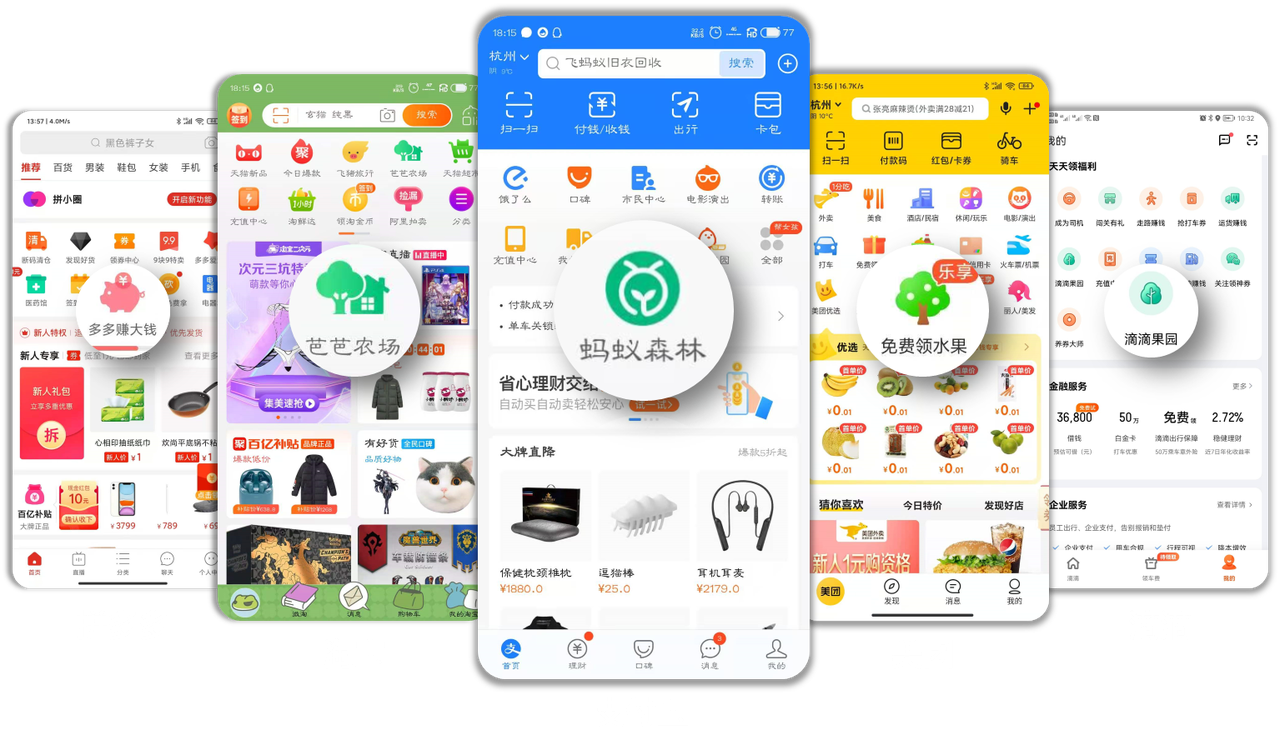
Major platforms are actively utilizing gamification products to aggregate customer
However, behind this frenzy, the challenges faced by major platforms are unprecedented. The vast user base, intense platform competition, and increasingly demanding consumers are all testing the wisdom and innovation capabilities of every industry practitioner. In this context, traditional price wars and advertising blitzes are no longer effective. Industry professionals are beginning to seek new winning strategies, with gamification becoming a key piece in this commercial competition.
Let's first look at Alibaba, taking Taobao as an example. The "88VIP Shopping Festival" perfectly blends the shopping carnival with casual games through features like achievement unlocking and friend assistance. The "Creation Festival" has further created a brand game festival that integrates multiple gameplay elements, such as lighting up cities and treasure hunts, offering young users a unique interactive experience and emotional connection.
Another classic example is JD.com. As China’s leading e-commerce platform, JD.com utilizes its 'Jing Dou' loyalty point system for exchanging gifts and coupons, along with popular mini-games like 'JD Farm' for earning 'Jing Dou,' creating a seamless ecosystem that combines shopping with gaming. By integrating diverse services such as its online marketplace, financial services, and secondhand selling platform, JD.com effectively uses gamification to engage users across different experiences. This interconnected approach not only enhances user interaction but also significantly boosts their lifetime value, making gamification a key strategy for increasing customer loyalty and retention.
03
Moxi Technology: Driving the Future of Gamification with Technology and Creativity
The transformation triggered by gamification cannot be separated from a group of forward-thinking and executive-minded promoters. Taking Moxi Technology as an example. Founded in 2019, Moxi Technology has rapidly grown into a leading gamification service provider in China. Its core members all come from listed Chinese gaming companies, and Moxi provides clients with full-fledged gamification solutions, from creative conception to development and design, and ongoing operations after launch.
Currently, Moxi Technology has served over 500 clients, including Alibaba, JD.com, and ByteDance. In just one year, a total of 78 million users have participated in the gamified products provided by Moxi Technology, with an average monthly revisit rate of 132 times per user and an average daily usage time of 47 minutes per user.
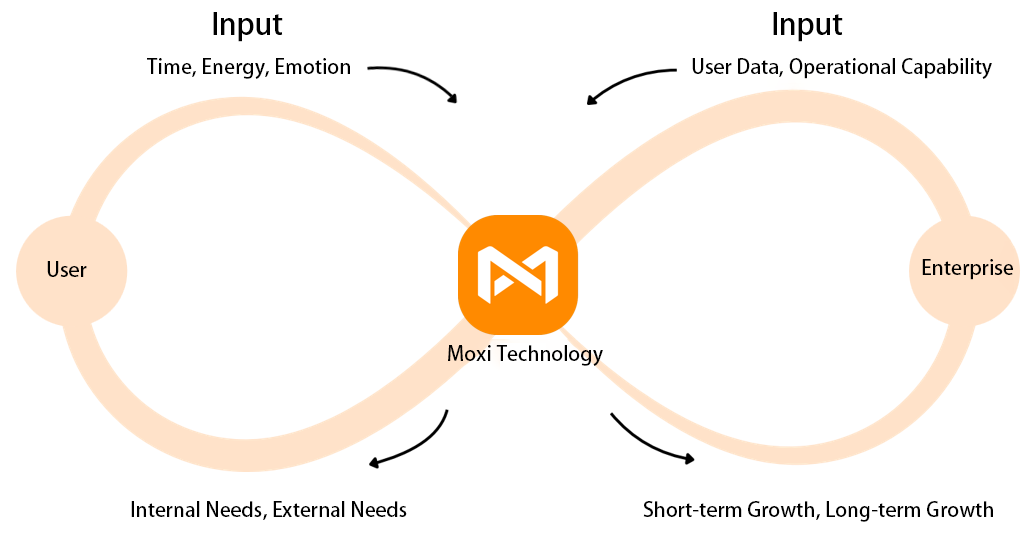
Gamification Applications: Full-Chain Services, Multi-Scenario Empowerment
The uniqueness of Moxi Technology lies in its reliance on a mature game development system, injecting fun and challenge into every product. From interface UI to level mechanisms, and numerical balance, every detail is meticulously crafted. The comprehensive backend system allows the operation team to monitor user behavior data in real-time, continuously optimizing product strategies. The deep application of gamification is reflected in several key aspects:
-
Emotional Connection: Triggering users' emotional resonance, such as an eco-friendly brand reinforcing its brand image through a virtual tree-planting game.
-
Social Interaction: Enhancing user retention through mechanisms like friend assistance.
-
Personalized Experience: Utilizing big data analysis to provide customized game content and rewards for different users.
-
Progressive Challenges: Designing a reasonable difficulty curve to continuously stimulate user participation enthusiasm.
Moxi's services are not limited to individual games; they provide full-stack solutions covering games, marketing, and user operations, helping clients achieve multiple goals such as user growth, active retention, and traffic monetization.
Continuous Iteration: Data-Driven, Refined Operations
The vitality of gamification lies in continuous innovation. Product launch is not the endpoint, but the starting point for refined operations. By monitoring user behavior data in real-time and analyzing player portrait characteristics, Moxi Technology has established a comprehensive user segmentation model. Personalized game optimization plans are formulated for different lifecycle stages such as the novice period, growth period, and stable period.
For example, to prevent player churn, different recall strategies are matched based on different reasons for churn. During holidays and store anniversaries, rich festive gameplay and benefits are used to guide inactive users back. Refined segmented operations significantly enhance the game's lifecycle.
Furthermore, gamification serves as a link between brand product planning and marketing rhythms. Through customized game design, it helps clients efficiently achieve multiple marketing goals such as new product promotion, store traffic attraction, and brand exposure, making gamification a new engine for brand growth.
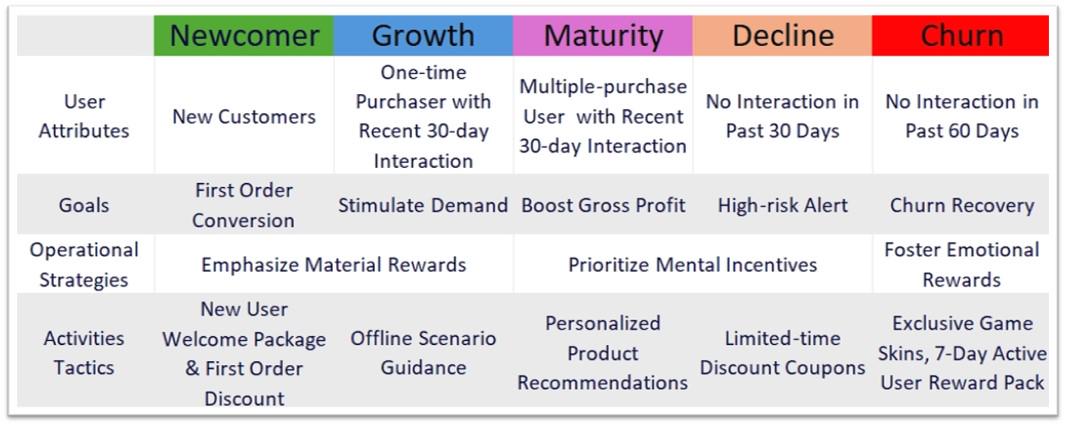
Segmenting users and conducting precise operations at each different stage
Moxi's success lies not only in the design of individual game products but also in providing a comprehensive ecosystem solution. This system encompasses various aspects such as a rights and benefits system, backend management system, marketing system, activity and functional components, diversified product library, visual data backend, and data encryption & desensitization. These elements enable Moxi to offer value that far exceeds a single game product to its clients.
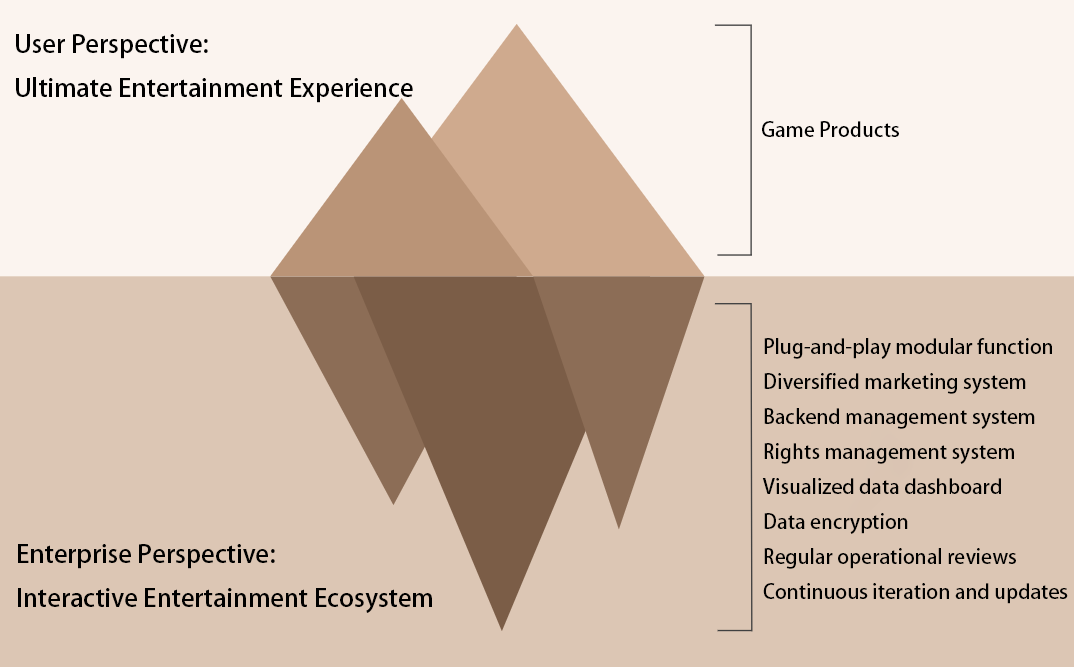
Beneath the surface, lies the comprehensive ecosystem crafted by Moxi Technology
04
Gamification Going Global: Opportunities and Challenges Coexist
The power of gamification extends far beyond the Chinese market. The global gamification market is projected to grow from $9.1 billion in 2020 to $30.7 billion in 2025. Furthermore, over 70% of the world's top 2000 companies have adopted gamification, widely applying it in areas such as marketing, business, education, public governance, media, and entertainment. Well-known brands like Starbucks, Duolingo, and KFC are also pioneers in gamification.
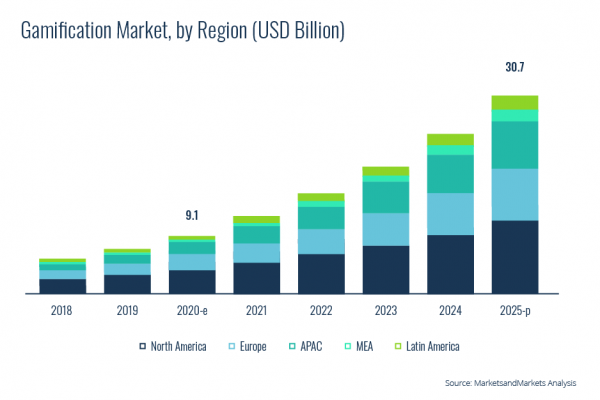
Source: 19 Gamification Trends for 2023-2025: Top Stats, Facts & Examples
Compared to the Chinese market, overseas e-commerce platforms are still in the initial stages of gamification application. Taking the United States as an example, although giants like Amazon are experimenting with some gamification elements, such as countdown timers and flash sales during Prime Day, they have not yet formed a systematic gamification strategy overall.
According to Statista, the application rate of gamification in the US e-commerce market in 2023 is approximately 15%, significantly lower than the 45% in the Chinese market. This indicates that there is still considerable room for development in the application of gamification strategies in overseas markets.
The European market is more cautious in applying gamification due to stricter data protection regulations. However, as consumer demand for personalized and interactive shopping experiences increases, the European market is also gradually exploring the application of gamification strategies.
Notably, some cross-border e-commerce platforms, such as Temu (under Pinduoduo), are introducing China's mature gamification model to overseas markets and achieving remarkable results.
In the second quarter of 2023, overseas users spent an average of 18 minutes per day on Temu, almost double the time spent on Amazon. Moreover, the time users spend on Temu continues to rise, with an increase extending to around 22 minutes throughout October. This is also inseparable from its adoption of gamification strategies.
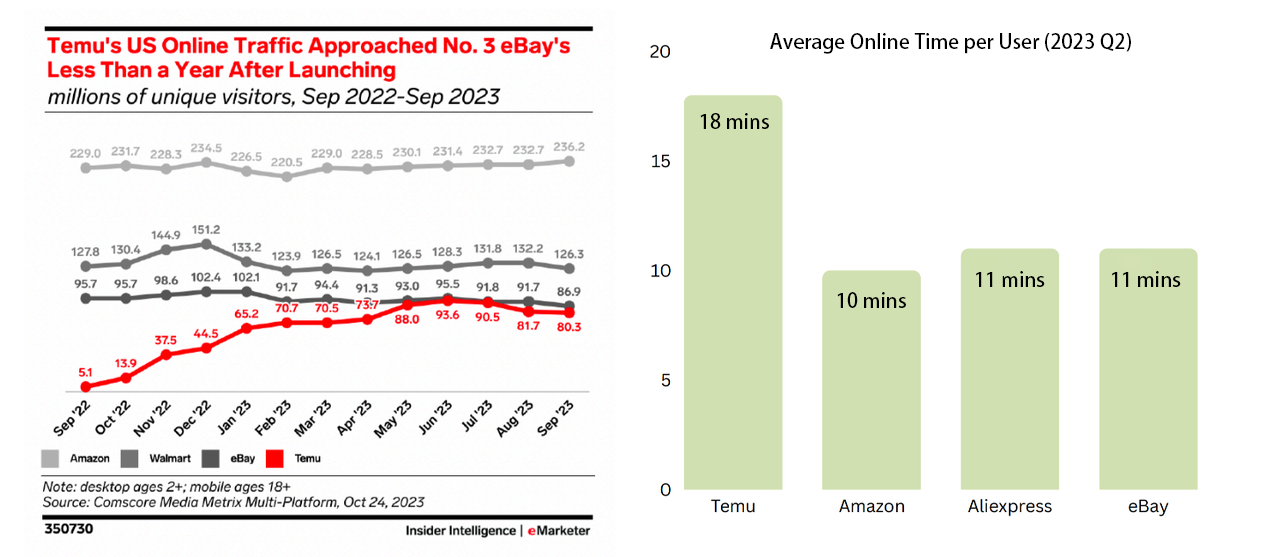
Gamification is considered one of the secrets behind Temu's rapid catch-up with US e-commerce platforms
Gamification is emerging as a unique competitive advantage for Chinese enterprises venturing overseas. There was a time when the Chinese internet was all about "copying to China"; now, a wave of "copying from China" is taking shape, and gamification stands as the most vivid testament to this trend.
The future is now, and change is relentless.
In the rapidly evolving digital era, gamification is no longer a simple marketing tool. It now serves as a crucial bridge between the virtual and physical realms, seamlessly merging entertainment with commerce. As technology advances and creativity flourishes, gamification is poised to exert its captivating influence across an ever-expanding array of fields, emerging as a pivotal key to unlocking the future of business.
Within China, the implementation of gamification strategies in e-commerce has far exceeded its initial purpose as a marketing tool. It is actively reshaping the entire industry's ecosystem, transforming consumer shopping behaviors and redefining their expectations for the shopping experience. On a global scale, gamification is rapidly becoming an indispensable link between brands and consumers, offering a fresh approach to cultivating brand loyalty and infusing renewed energy into the worldwide business landscape.
For professionals across diverse industries, gamification represents both an unavoidable challenge and an extraordinary opportunity. Consumption intertwined with entertainment, and entertainment embedded within consumption—the path to innovation unfolds with every click of the user.
The game has evolved. The future is now.
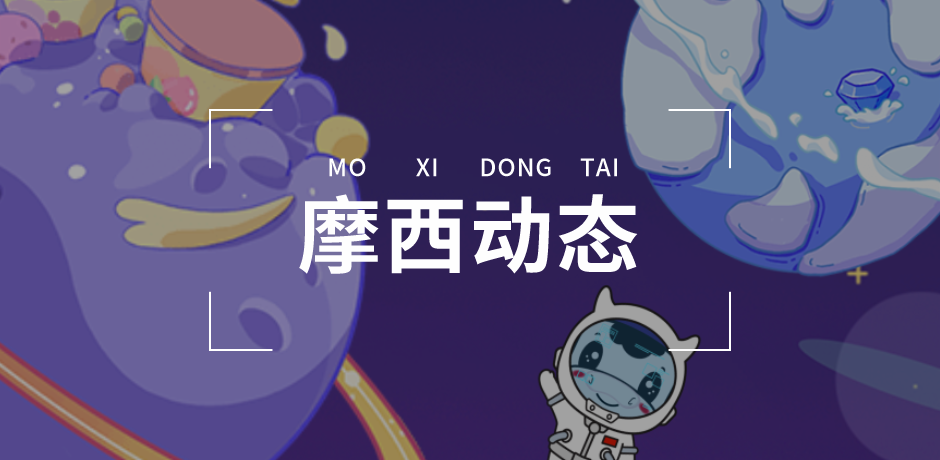
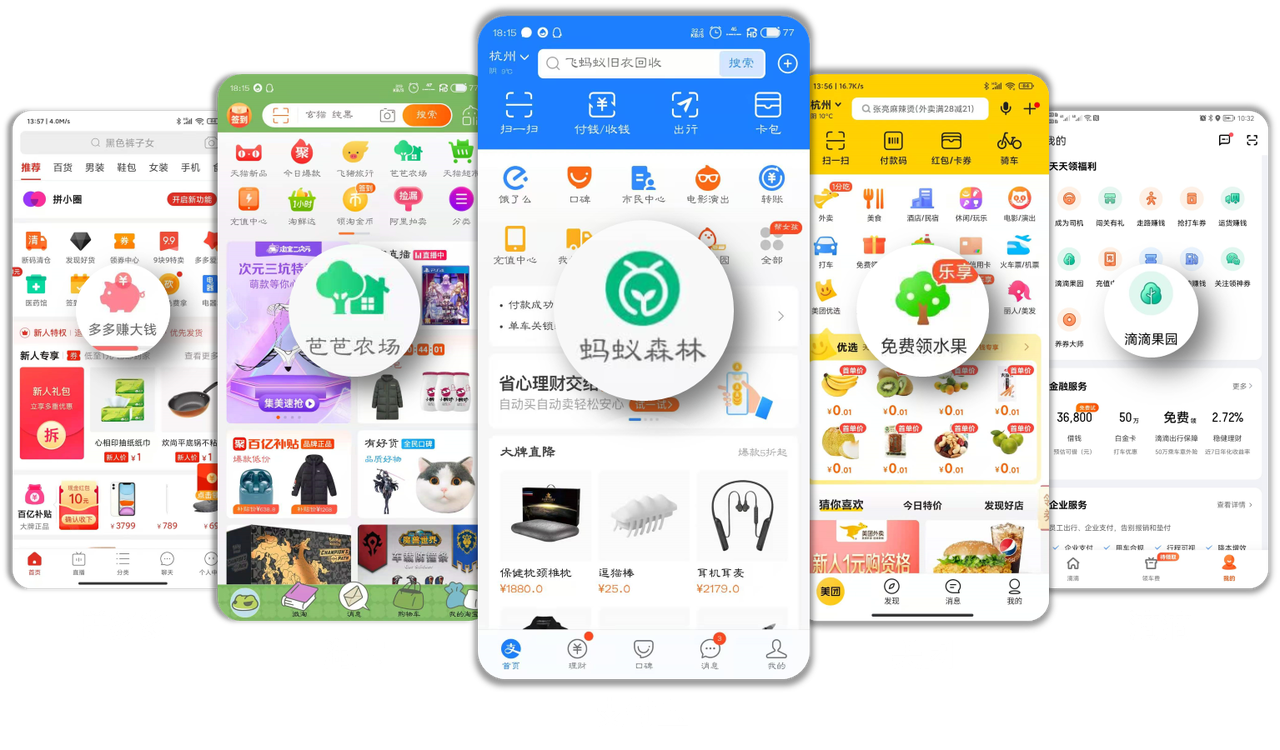
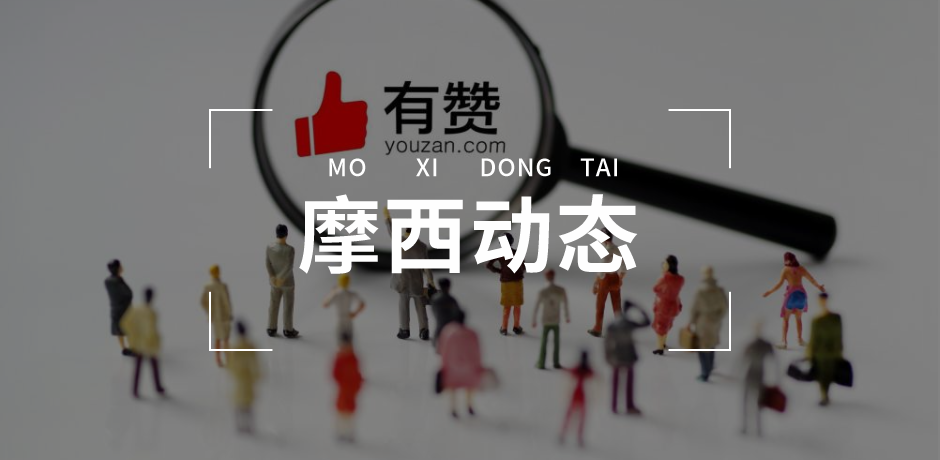
 扫码领取白皮书
扫码领取白皮书 人才招聘
人才招聘